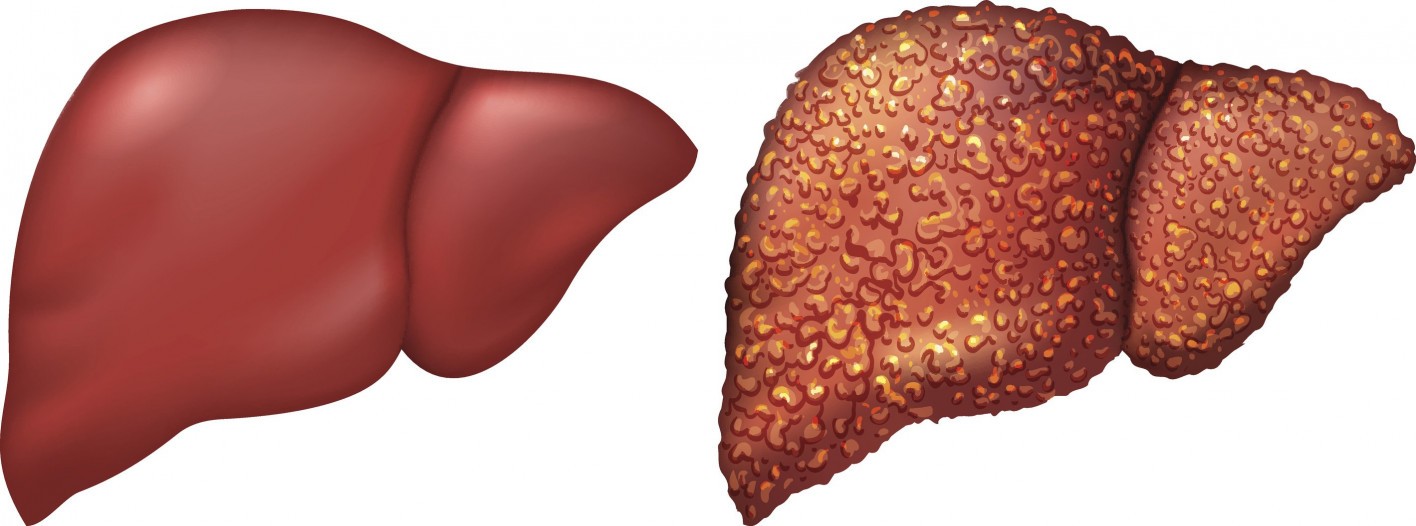New Study Finds Potential Cure for Fatty Liver Disease Through Enzyme Inhibition

A recent scientific breakthrough could pave the way for a new treatment for metabolic dysfunction-associated steatotic liver disease (MASLD) and steatohepatitis (MASH) two of the most widespread and severe forms of fatty liver disease globally.
Published in the Journal of Hepatology, the study reveals that inhibiting a liver enzyme called ACMSD (α-amino-β-carboxymuconate-ε-semialdehyde decarboxylase) can significantly improve liver health by correcting DNA damage, reducing inflammation, and reversing fibrosis.
Researchers from EPFL in Switzerland, in collaboration with international scientists, conducted experiments on mice and human liver organoids. They found that blocking ACMSD boosted the liver’s production of NAD+, a crucial molecule involved in metabolism, mitochondrial function, and DNA repair. Elevated NAD+ levels led to enhanced energy production in liver cells, better mitochondrial performance, and stronger genome stability.
"By increasing NAD+ through ACMSD inhibition, we observed remarkable protection against the cellular damage that drives fatty liver disease," said Dr. Johan Auwerx, senior author of the study. "This suggests a viable therapeutic route for treating both MASLD and MASH."
The study used a new compound, TLC-065, to inhibit ACMSD in mouse models that had developed liver disease after being fed a Western-style high-fat diet. The treatment led to clear reductions in liver fat, inflammation, and scarring, all while improving metabolic function and reducing markers of cell death and DNA damage.
In addition, genetic data from human studies supported the findings: patients with severe MASLD/MASH showed higher levels of genes linked to DNA damage and immune system activation pathways which were shown to be reversed through ACMSD inhibition.
The findings are significant, as current treatment options for MASLD/MASH are extremely limited. With millions of people worldwide affected, the potential for a drug that targets ACMSD could be a game-changer in liver disease treatment.
Researchers are hopeful that these results will lead to clinical trials in humans, potentially offering a new, non-invasive therapeutic strategy for a condition that currently lacks effective pharmacological treatments.















तपाईको प्रतिक्रिया दिनुहोस